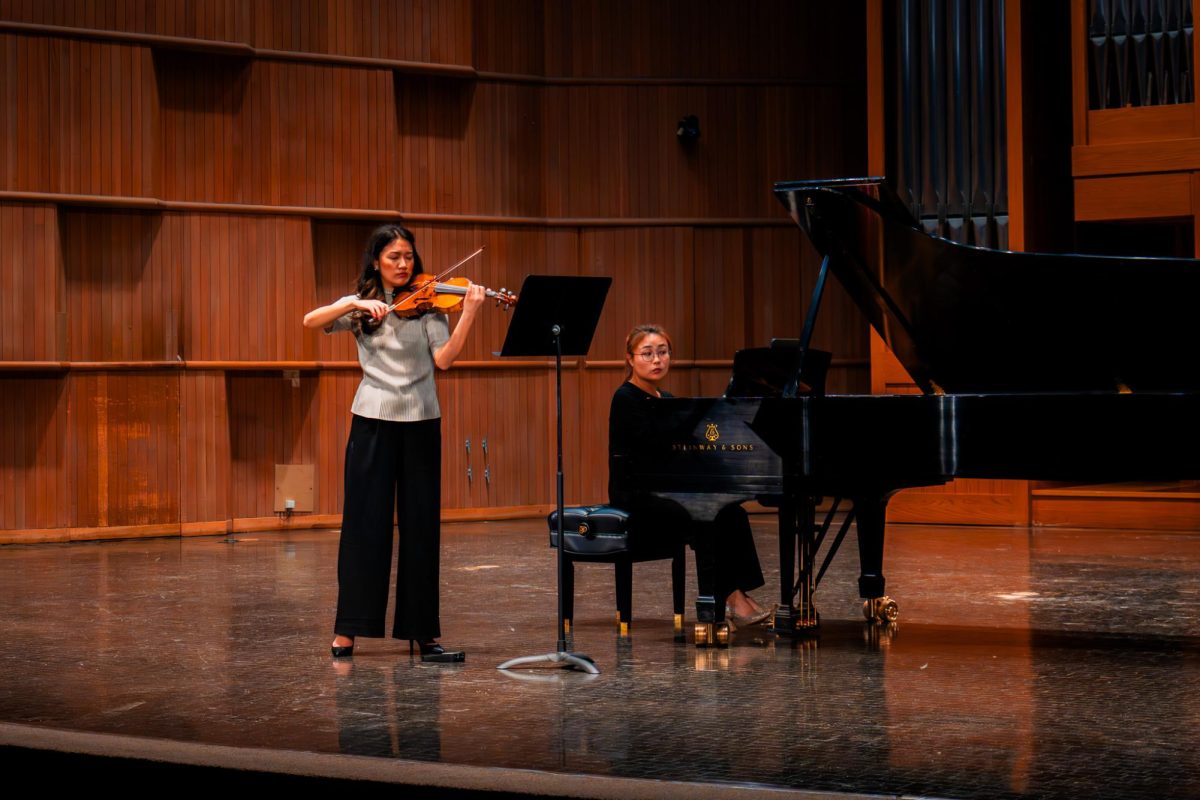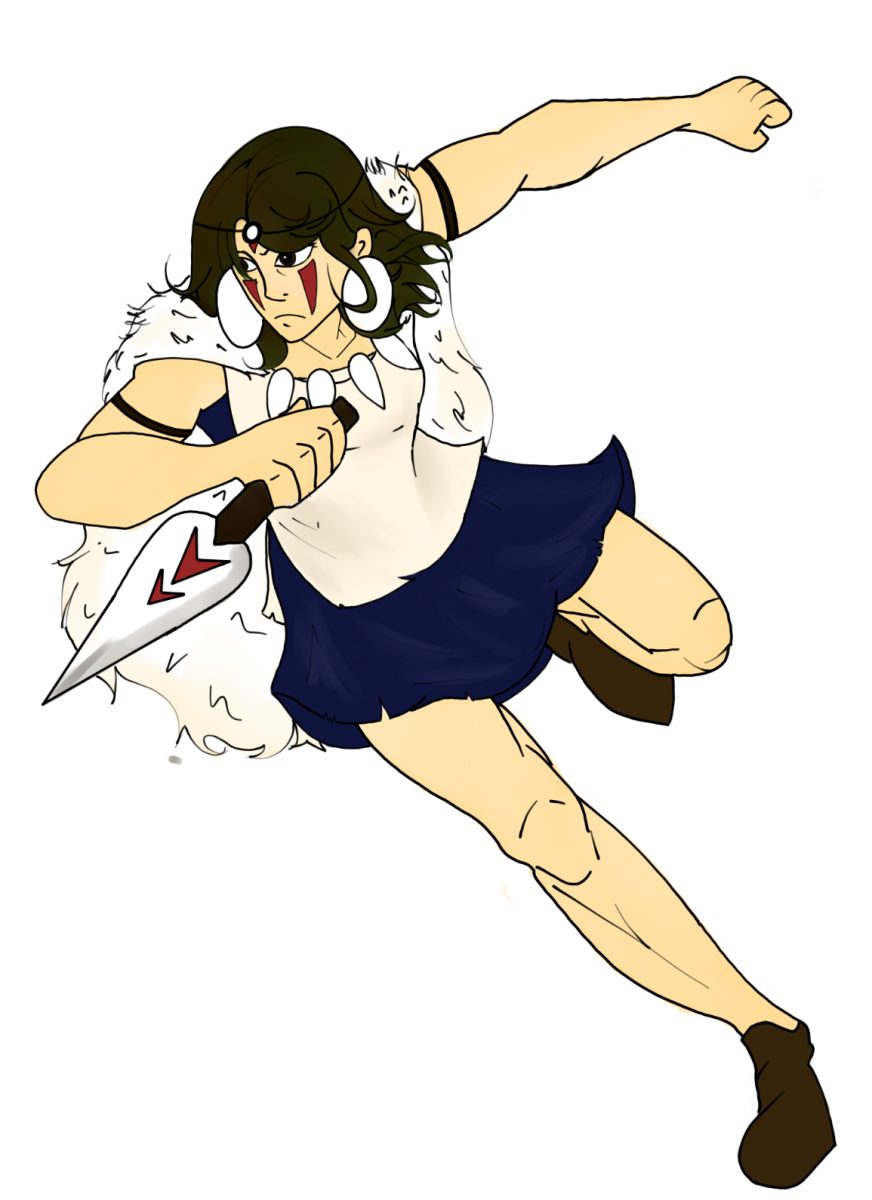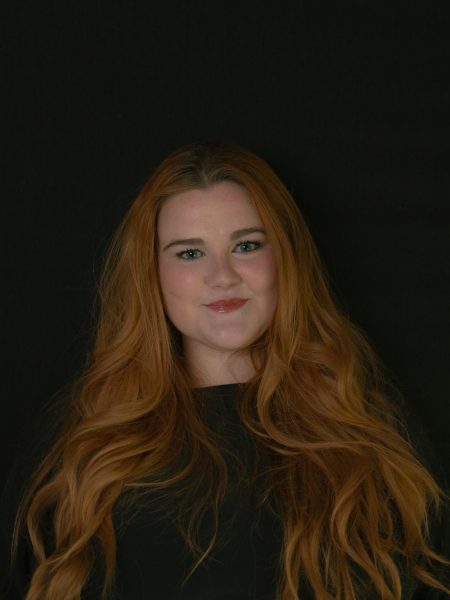
The impending doom of time is not something easily confronted. Is there enough of it? When will it run out? John Crowley’s “We Live In Time,” although abundant in tears, seeks to provide the audience with a sense of hope regarding death.
With Andrew Garfield and Florence Pugh at the helm, viewers are taken into the relationship of Tobias, played by Garfield, and Almut, played by Pugh. The love story unfolds in a nonlinear narrative with three intertwined storylines that explore love, pregnancy and cancer.
The first narrative introduced is set in the present day; it focuses on the recent development of Almut’s ovarian cancer. The second narrative anchors the entire film as Crowley takes the audience back in time to relive Almut and Tobias’ love story in preparation for Almut’s death. The final narrative focuses on when Tobias and Almut first met.
The three narratives can at times be difficult to keep track of, particularly the one focused on Tobias and Almut meeting and the early stages of the pregnancy. After spending some time in the early stages of the relationship, the audience is treated to the early discussions of children. In these scenes, the time blends a bit. The present timeline remains clear but presenting two past narratives blurs the timeline quite a bit.
Akin to Greta Gerwig in “Little Women,” Crowley utilizes lighting to convey the sense of time. The present storyline has grayer sets and a blue tint throughout. In the early days of Almut’s and Tobias’ relationship, the audience can be clued into the time period based on Almut’s bangs and the lack of a sweater in Tobias’ costume design.
The color blue becomes a staple of the film, whether it is the blue depressive tint of the present storyline or the costume design for Almut and Tobias. Almut’s Adidas sneakers are a vibrant blue and almost all the shirts worn by Tobias are blue. The color conveys a sense of serenity and calmness, or the lack of anxiety, which is at the crux of the film’s themes.
The film was clearly made with a lot of thought and care. Brilliant editing by Justine Wright ensures the audience feels the weight of every moment. At one point, viewers are treated with good news in the birth of Almut and Tobias’ daughter, Ella. The film then cuts instantly from the backseat of an ambulance to a doctor’s office. The film is no longer focusing on the birth of the child and instead Almut’s ovarian cancer which has worsened.
Every high is met with a devastating low. Tissues are necessary.
Wright’s editing remains the star of the show, but a close second is the chemistry between Garfield and Pugh. The co-stars are famous for having brilliant on-screen romances throughout their career, so to see the two working together is a treat. It is their acting that helps get the tears flowing.
The film is absolutely beautiful and is one of the strongest films released this month. It offers a nice segue into the upcoming award season releases that will be kicked off with Sean Baker’s “Anora” on Nov. 1. However, the film is nothing more.
“We Live In Time” does not offer anything new to the romance genre; some may even consider the film to be a step back from recent development in romantic dramas. The film seemingly borrows a lot from Celine Song’s “Past Lives” in its structure. Unlike “Past Lives,” “We Live In Time” guides the viewer along a path that the audience already knows.
The audience is not granted the sense of awe found within cinema. Instead, the audience is giving something heavily familiar.
“We Live In Time” is perfect for a date night or anyone wanting to feel something, but does offer a provoking commentary on love and loss. The film ultimately leaves audiences wanting more and risking the fate of being lost in the array of awards season.











